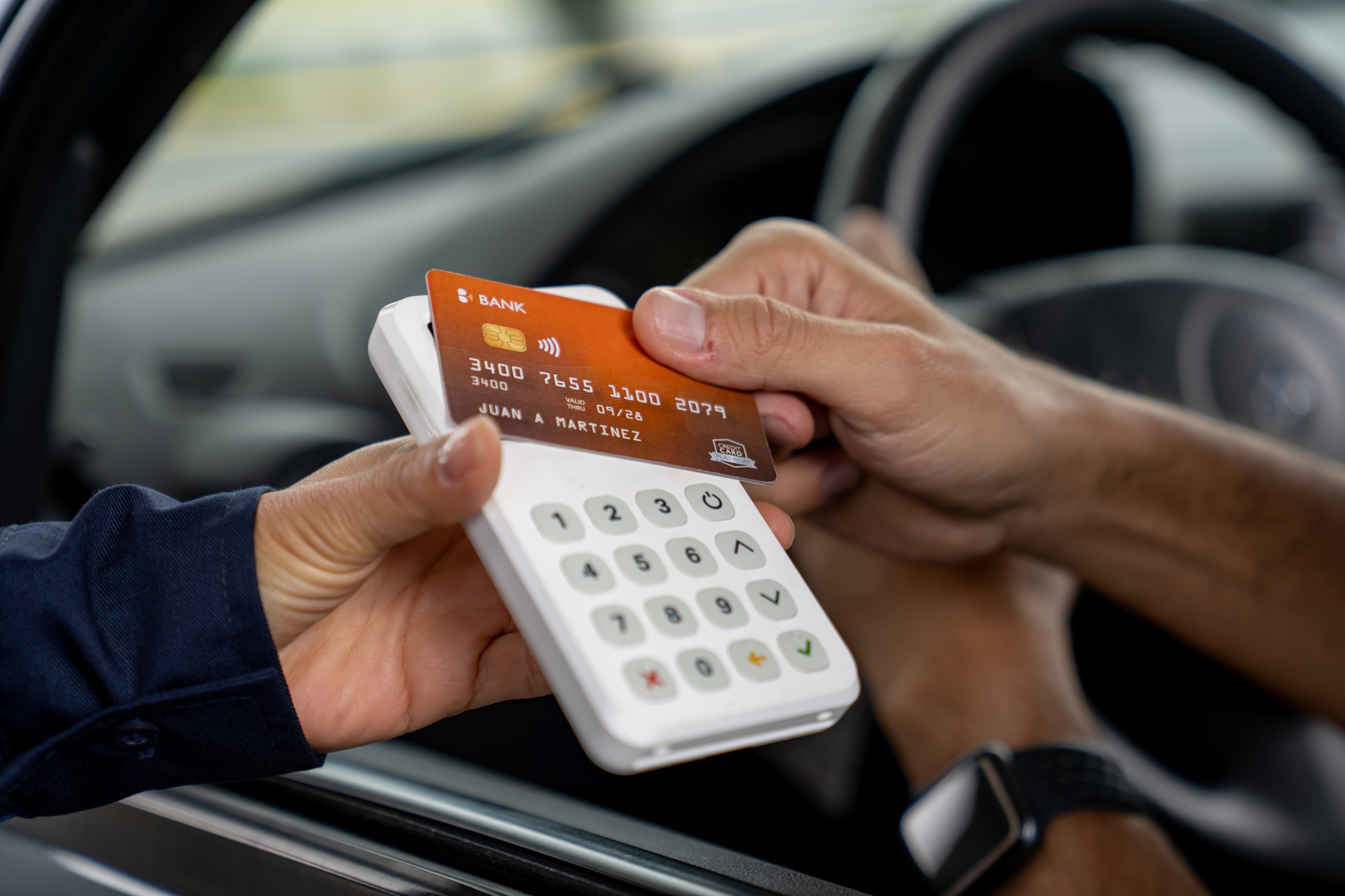Payment network giant Mastercard (MA +0.11%) relies on healthy levels of global economic activity to drive its growth, and lately, the card company has done a good job of capitalizing on opportunities around the world to boost its results. The holiday shopping season is always a key time for Mastercard and its rivals to tap into the trillions of dollars of spending on gifts and travel, and coming into Tuesday's fourth-quarter financial report, Mastercard investors wanted to see double-digit boosts in sales that would translate to higher profits.
MasterCard's revenue didn't quite match up to what some were hoping for, but solid earnings point to continued strength ahead. Let's look more closely at Mastercard to see what its latest report says about the card giant's future.

Image source: Mastercard.
Mastercard charges forward
Mastercard's fourth-quarter results continued to show signs of ongoing growth. Revenue was up 9.5% to $2.76 billion, falling just short of the roughly 11% growth rate that most investors had wanted to see. Net income grew at a slower 5% pace to $933 million, but a decrease in outstanding share count helped boost earnings up to $0.86 per share. That was $0.01 per share better than the consensus forecast among investors.
Looking more closely at the numbers from Mastercard, one thing that stands out given the card company's recent history is that foreign exchange factors actually helped its bottom-line figures. Net income would only have been up 4% on a currency-neutral basis, and revenue suffered only a single-percentage-point headwind from the impact of translating foreign currencies back into U.S. dollars.
The fundamental growth that we've seen from Mastercard has remained steady. Cross-border volume growth accelerated to 13%, and gross dollar volumes climbed 9% on a local-currency basis even after adjusting for certain regulatory changes that the European Union imposed recently. Transaction counts, which Mastercard is now calling "switched transactions," jumped 17% to 15.2 billion. Worldwide purchase volume was up 4% to $898 billion, and the number of outstanding Mastercard-issued cards remained at about 2.3 billion.
Somewhat disappointing, though, was the level of growth in the U.S. market. Gross dollar volumes were up only 2.6%, with just a 2% rise in transaction counts to about 6 billion. Those growth rates were a lot slower than what many of Mastercard's foreign markets saw, including a 14% jump in Latin America and a 9% rise in Canada in local-currency terms. European growth was hampered by the EU's regulatory changes, but the market was fairly strong after adjusting for those factors.
However, Mastercard managed to keep its costs low, with operating expenses actually falling 1% compared to the year-ago quarter. Less spending on advertising and marketing, as well as lower overhead costs, contributed to the lower figures.
Can Mastercard grow faster in 2017?
CEO Ajay Banga was generally content with Mastercard's performance. "We're pleased to have delivered strong results for the quarter and full year," Banga said, "driven by solid execution of our strategy and leveraging out differentiated service offerings." The CEO also noted that ongoing investments in areas like data analytics and enhanced security should help the company grow going forward.
Mastercard has made a habit of repurchasing its shares, and the company accelerated its efforts toward the end of 2016. During the fourth quarter, Mastercard repurchased 11 million shares, spending $1.1 billion in the process. The company also said that it had used another $247 million to buy back 2.3 million shares during the first four weeks of January, leaving it with $4.7 billion for future buybacks if it so chooses.
Nevertheless, Mastercard investors weren't entirely happy with the report, sending the stock down almost 2% in pre-market trading following the announcement. The reaction shows just how high expectations are that the card giant should be able to capitalize on an anticipated global economic recovery that could bring on a new rise in consumer spending worldwide. If that doesn't materialize, then it could slow down the fundamental growth that Mastercard has enjoyed for years. But if it does, then there's plenty of room for Mastercard to grow going forward.






